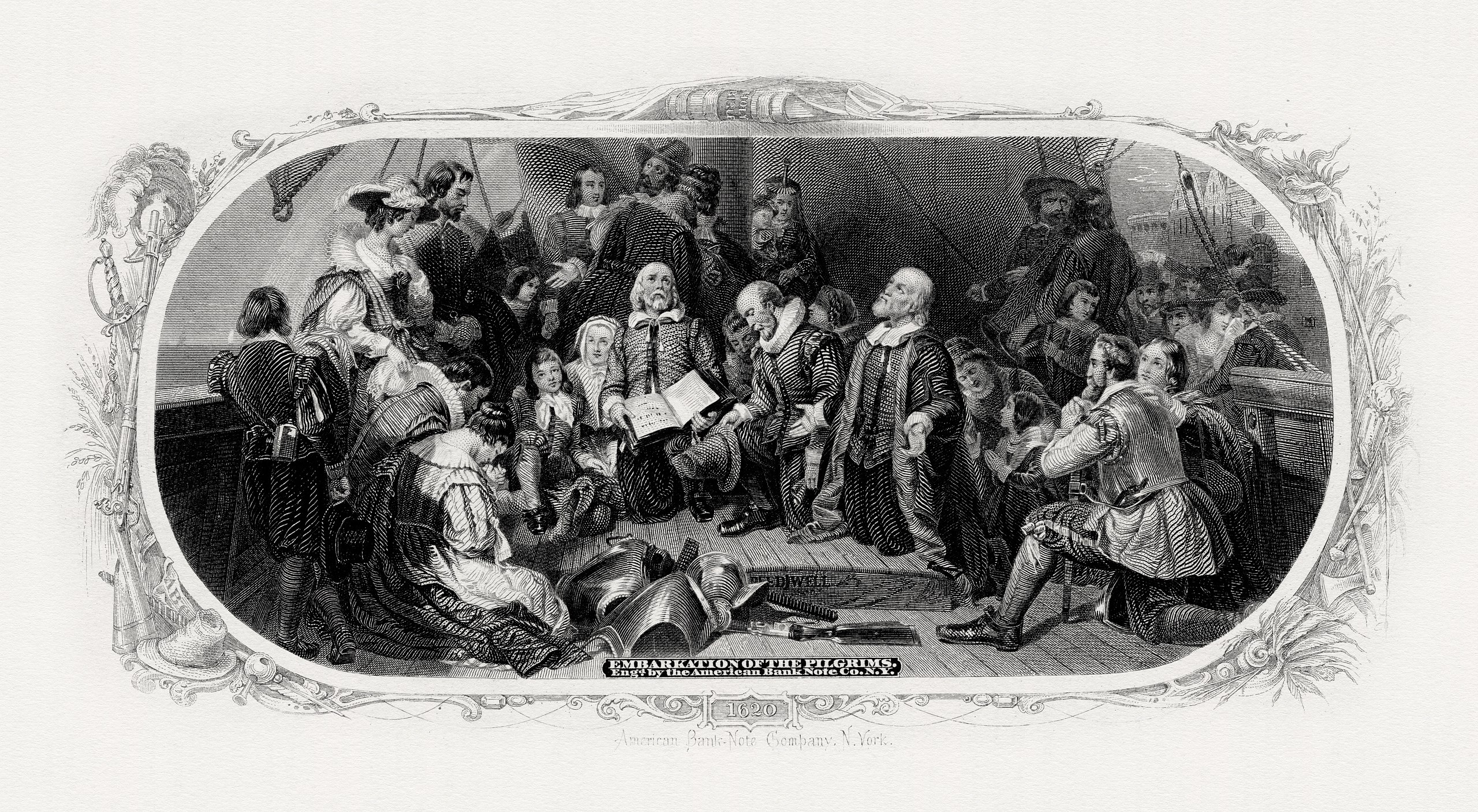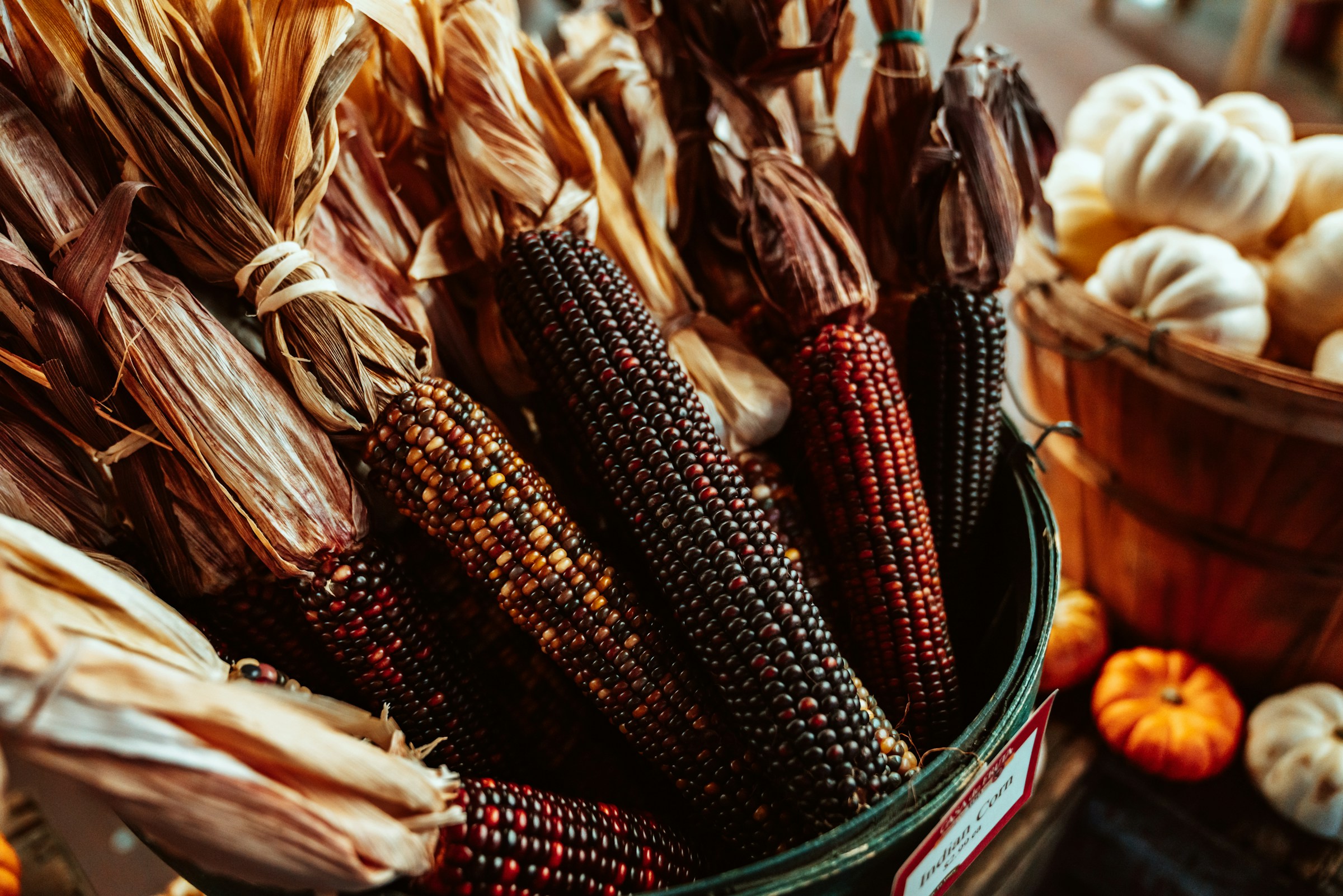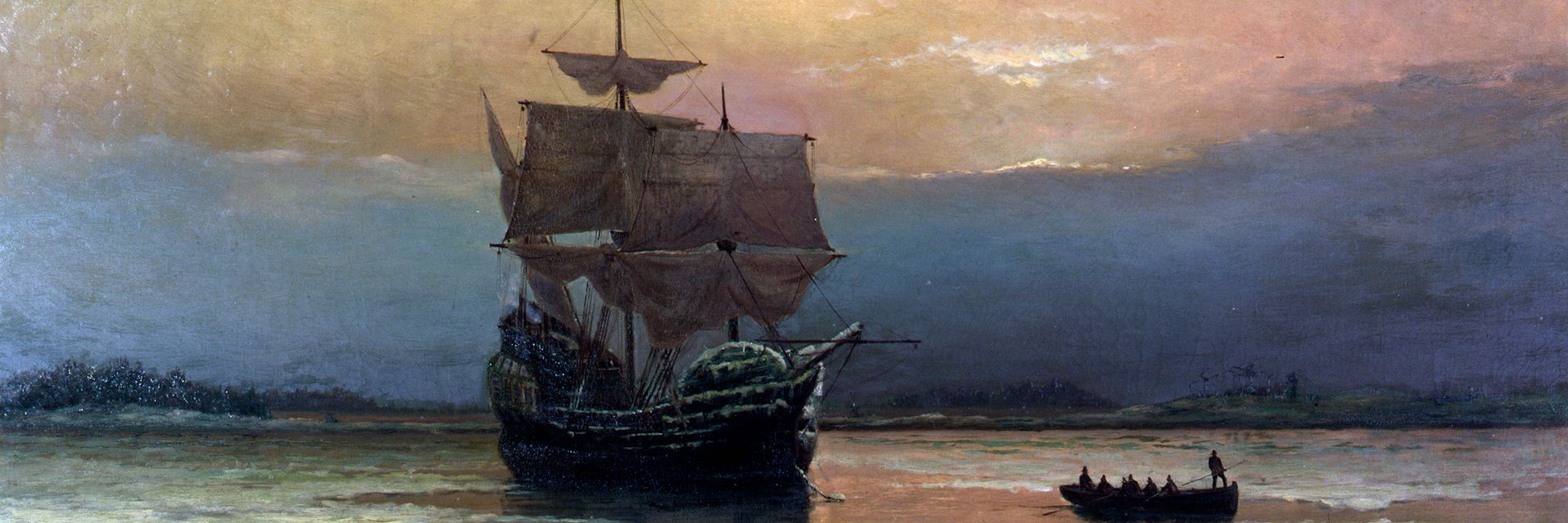What happened in 1620 to launch the Pilgrims across an ocean?
◊
Carrying fewer than 200 passengers, the rickety Mayflower left the English port of Plymouth to begin an ambitious voyage across the perilous Atlantic on September 6, 1620. But why did the Pilgrims endure such a dangerous pilgrimage to the New World?
The story begins nearly a century earlier when Roman Catholicism was the prevailing religion in England. In 1534, King Henry VIII established the Church of England, which incorporated some Catholic practices and rituals into an English interpretation of Christianity. For some of Henry’s subjects, the break wasn’t clean enough.
Delve into the deeper history of the Pilgrims' progress from England to America in this MagellanTV documentary.
Who the Pilgrims Were – and Weren’t
The Pilgrims were essentially religious separatists who believed the Church of England should’ve abandoned Catholicism altogether. This position distinguished the Separatists, who would become Pilgrims, from English Puritans, who thought purifying the Church of England from within was possible in spite of its partial adherence to Catholicism.
More radical than Puritans, Separatists refused to participate in the Church of England and demanded a separate church within which to pray as the earliest Christians had. Catholicism was too complex to tolerate, prizing rituals over faith.
Not only did most of the English view Separatists as buzzkills, but Henry had actually outlawed participation in any church beside the Church of England. Indeed, Separatists did experience “persecution” in that their compatriots would harass, fine, or imprison them for expressing Separatist sentiments.
The Separatists Tried to Make Ends Meet in Holland
The Separatists’ initial solution was to move to Holland. The main problem with this was that they were strangers who’d left their friends and family in England. The people around them were speaking Dutch!
Where would the Separatists work? How would the children experience and appreciate their English heritage? And, the political tensions nudging European nations toward war certainly didn’t help.
The Separatists remained in Holland for about a decade before throwing up their hands and abandoning Europe for the North American wilderness. To them, being an ocean away from civilization was genuinely preferable to staying in Europe. They also believed God would protect them during their journey and upon their arrival.
 Adaptation of Robert W. Weir's painting, Embarkation of the Pilgrims (Engraving by W. W. Rice, via Wikimedia Commons)
Adaptation of Robert W. Weir's painting, Embarkation of the Pilgrims (Engraving by W. W. Rice, via Wikimedia Commons)
Pilgrims Endured a Terrifying Voyage
As stormy seas rattled their fragile ship, the fearful Pilgrims wondered if they’d reach their original destination of Virginia in one piece. Even if a watery grave wasn’t in their future, scurvy and starvation persisted as looming threats, claiming two lives during the voyage.
Thankfully, the births of two babies balanced out the deaths. After about eight miserable weeks, they spotted Cape Cod on November 9, 1620. Though the Pilgrims remained in Massachusetts instead of continuing to Virginia, not everyone was happy with that decision.
This dissonance served as the primary impetus for the Mayflower Compact. As long-winded as official documents of the age tended to be, this agreement was little more than a pledge to be decent and civil in spite of the complete absence of a legal system thousands of miles from home. Thus, each Pilgrim would serve the greater good of the new community.
Landing Was a Slow Process
The initial landing party was rudimentary, as the wary Pilgrims would remain aboard the ship until March 1621. On land and at sea, the following winter would be brutal for the Pilgrims, whose survival seemed unlikely.
Though half the settlers didn’t live through this winter, survivors officially claimed Plymouth for England, building fortifications within which to nurture a settlement of homesteads and storehouses.
From whom did these fortifications offer protection? Native people, of course. The initial landing party had already dodged a few arrows to live through the winter.
 (Credit: Meritt Thomas, via Unsplash)
(Credit: Meritt Thomas, via Unsplash)
Pilgrims Celebrated Their Survival
Claimed by diseases brought from Europe, the bones of Native people littered Plymouth’s beaches. William Bradford, governor of Plymouth and author of the Mayflower Compact, viewed this as part of a divine plan for the Pilgrims to replace the Indigenous people, establishing a utopian commonwealth of Christianity. Perhaps the pilgrimage had gone to his head.
Finally, the trials of the Pilgrims culminated in the first Thanksgiving at the end of 1621. After a full year of uncertainty, and fearing for their lives, the Pilgrims finally caught a hopeful glimpse of the colony’s future.
Ω
Title Image: Mayflower in Plymouth Harbor by William Halsall, 1822 (Source: Pilgrim Hall Museum, Plymouth, Massachusetts, via Wikimedia Commons)


.jpg)